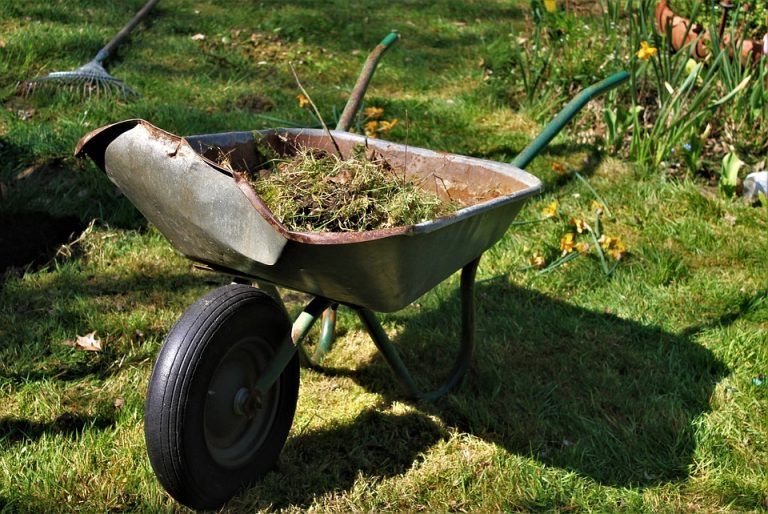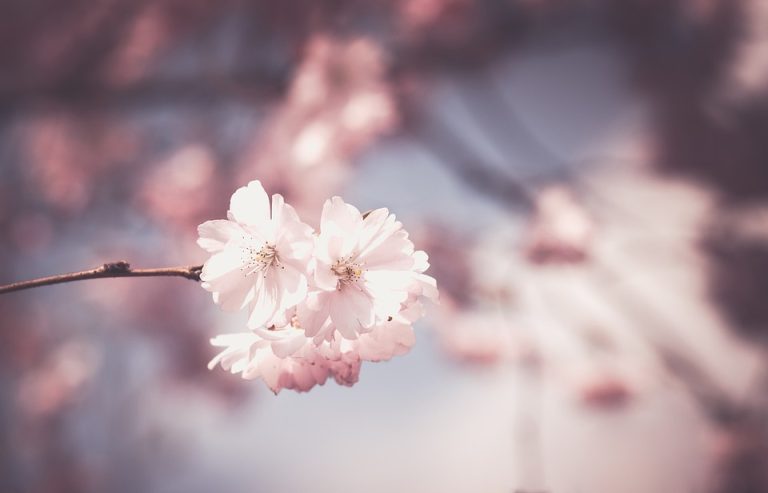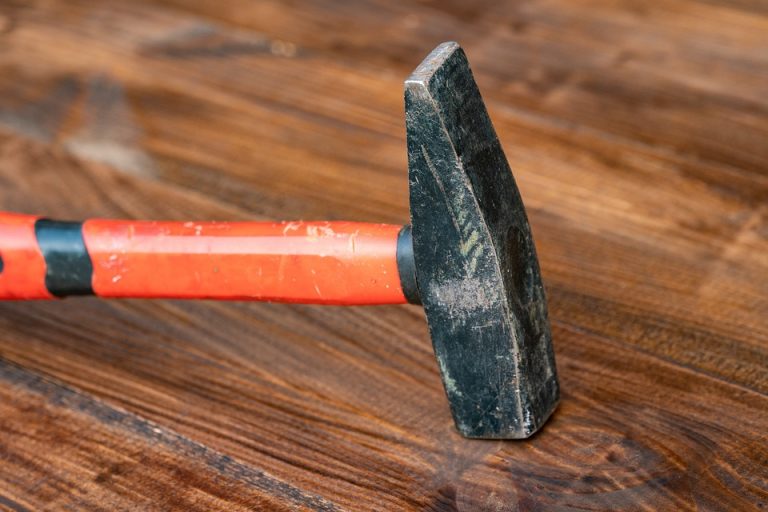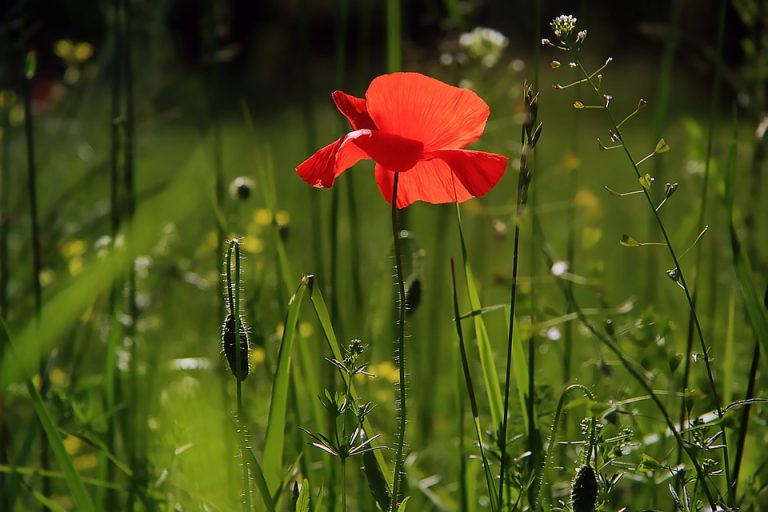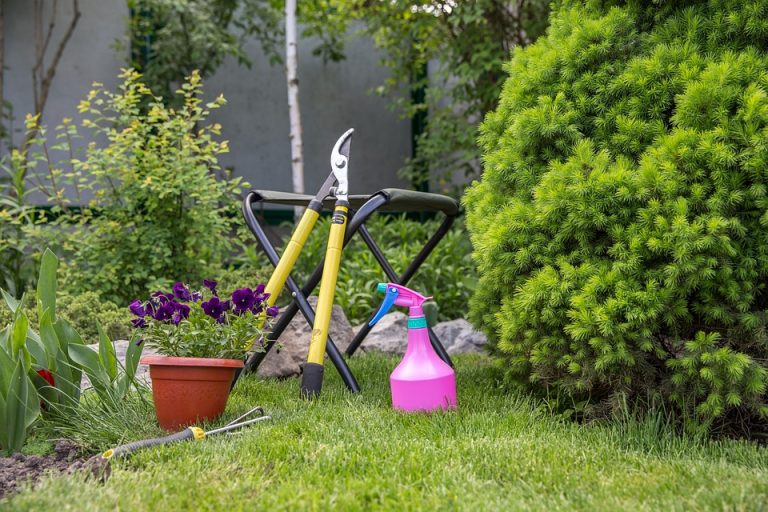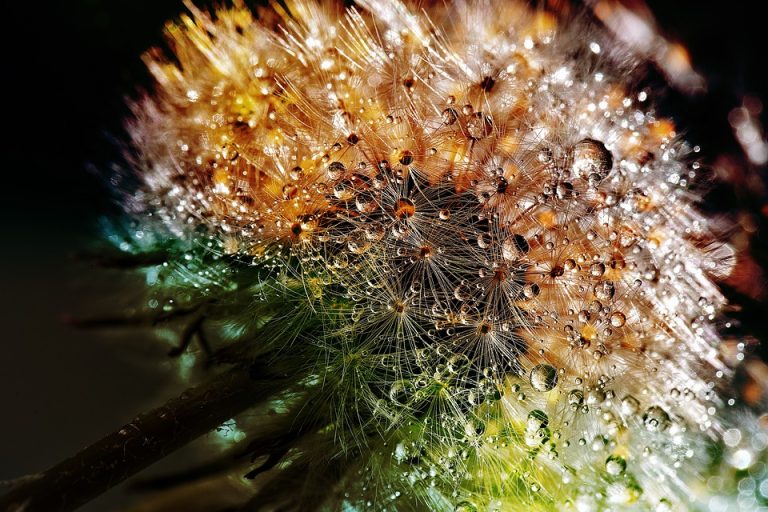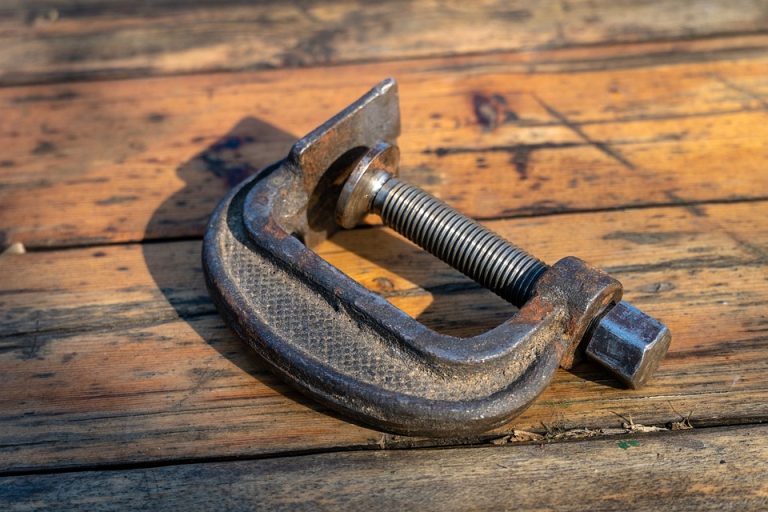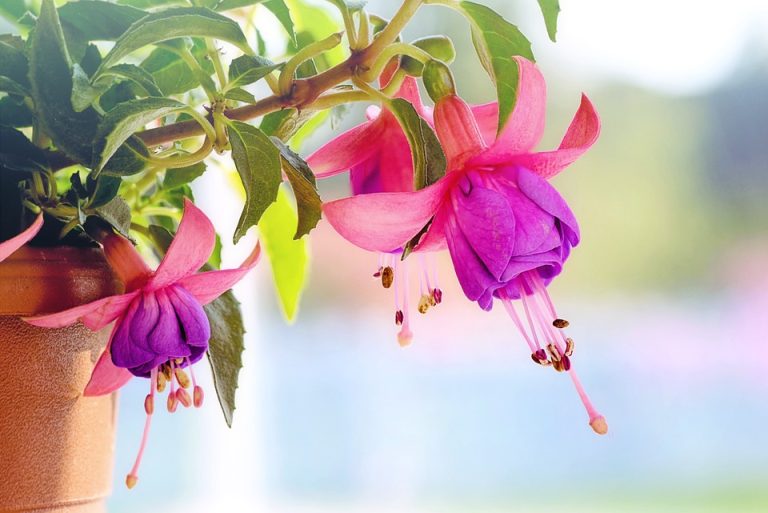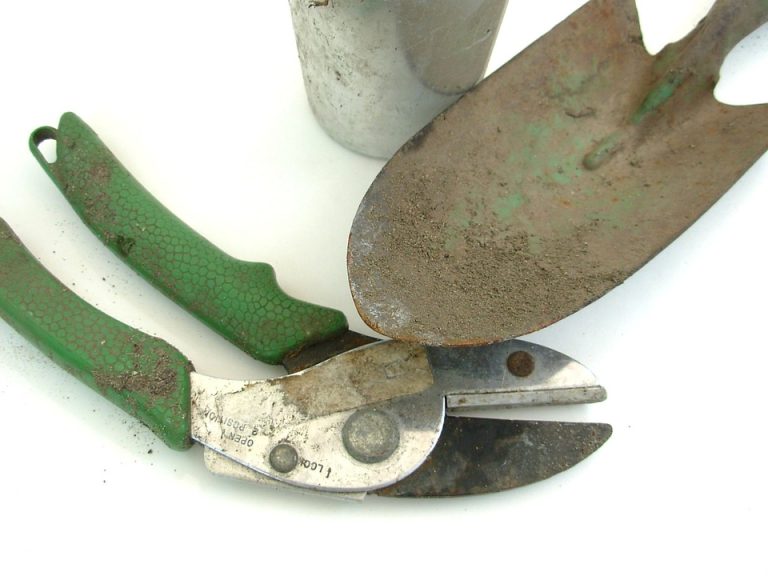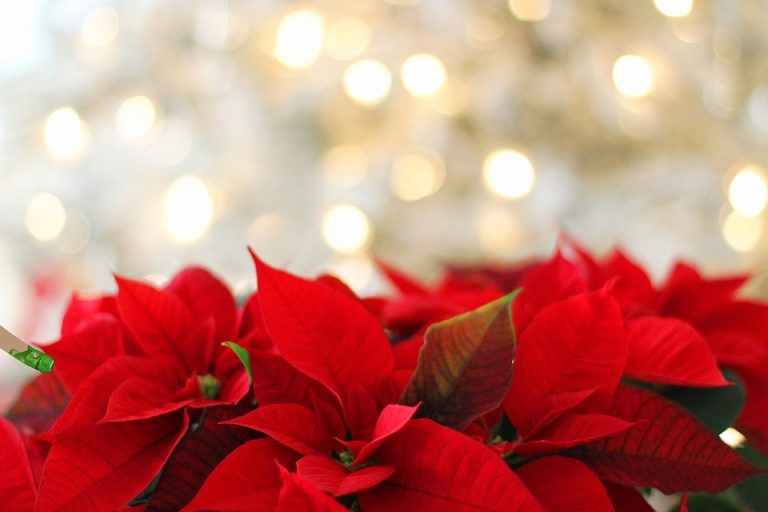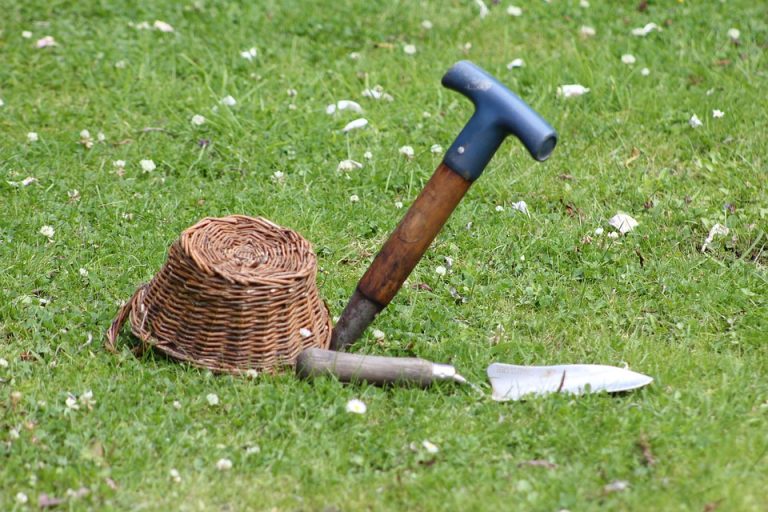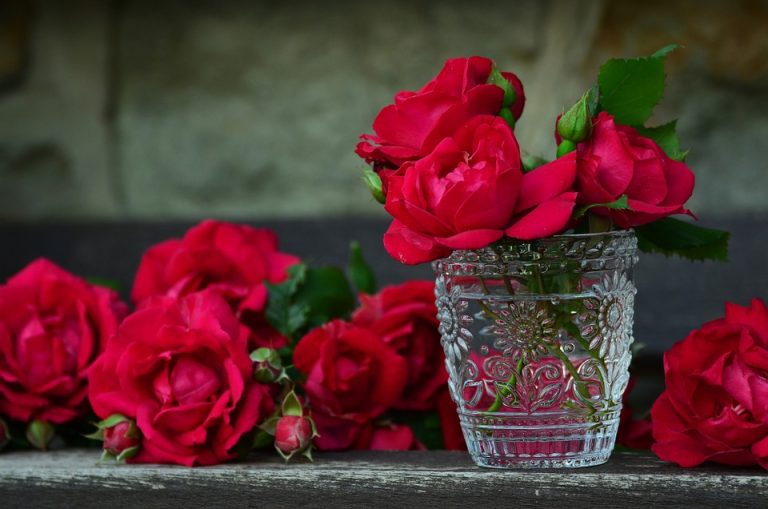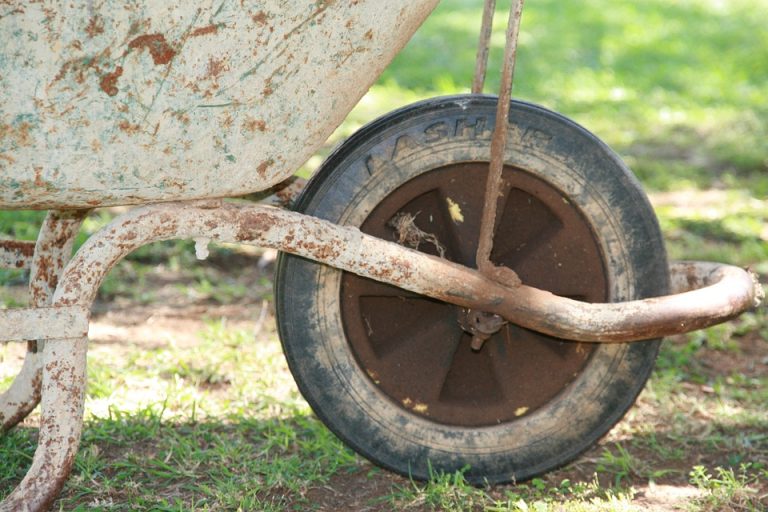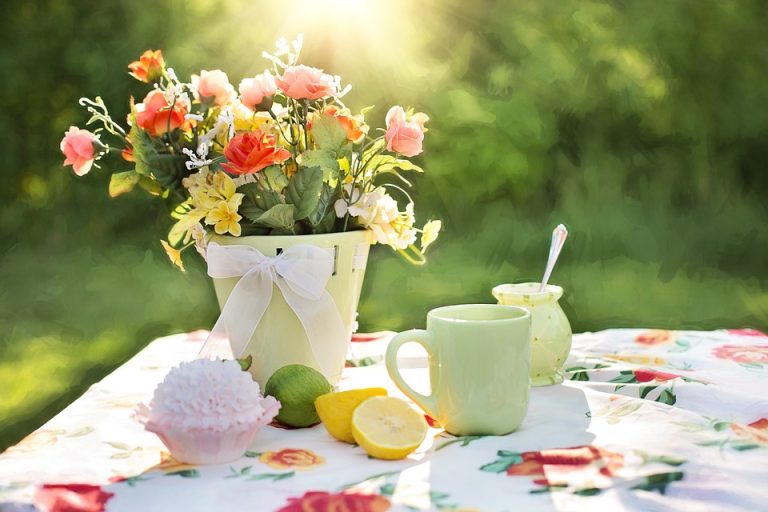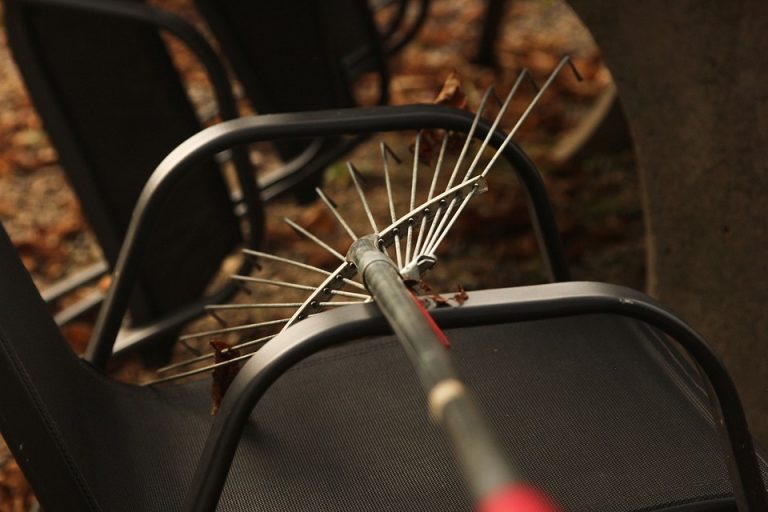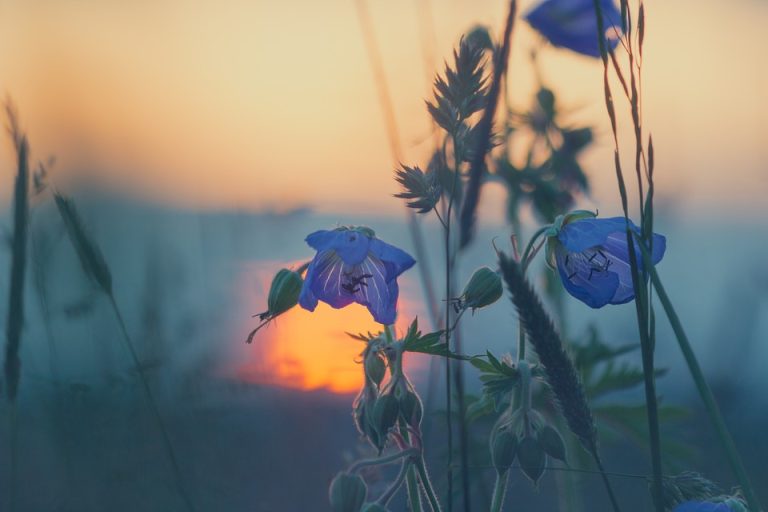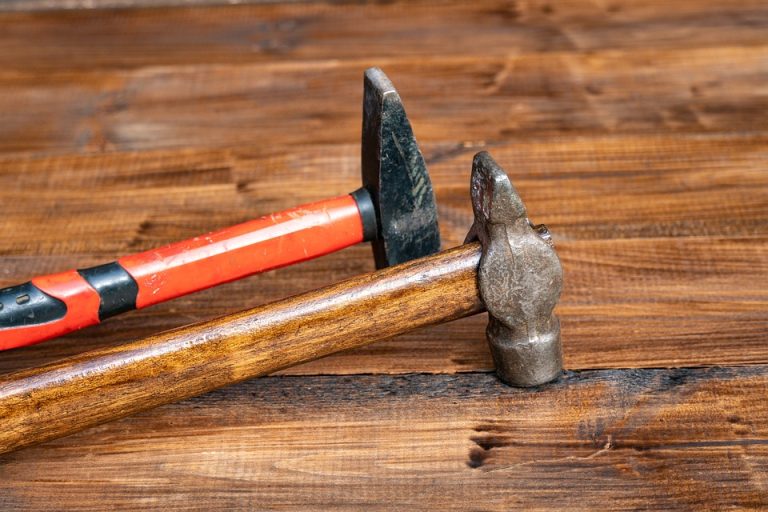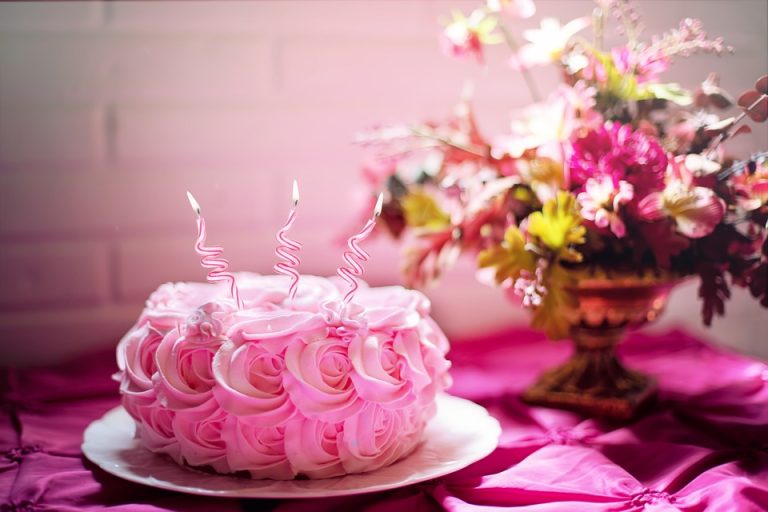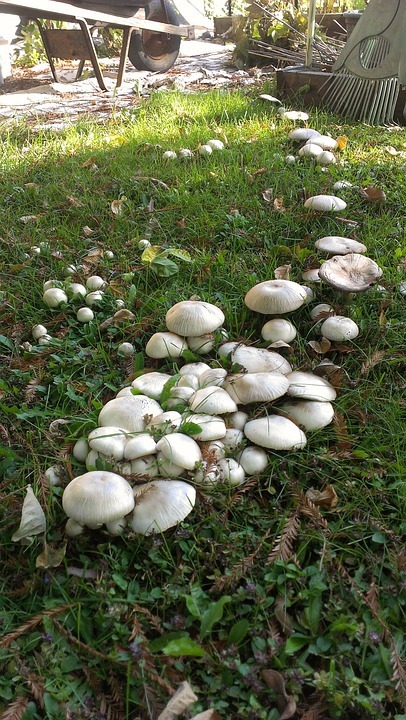[ad_1]
The Sims 4: Tips and Tricks for Flower Arranging
Flower arranging is a popular activity in The Sims 4, and it can be a great way to add a touch of beauty and elegance to your Sim’s home. Whether you’re a beginner or an experienced flower arranger, there are some tips and tricks that can help you create stunning arrangements. Here are some of the best tips and tricks for flower arranging in The Sims 4.
Choose the Right Flowers
The first step in creating a beautiful flower arrangement is to choose the right flowers. Consider the colors and shapes of the flowers you’re using, as well as the overall size of the arrangement. You’ll also want to think about the season and the occasion for which you’re creating the arrangement. For example, if you’re creating a bouquet for a wedding, you’ll want to choose flowers that are in season and that are appropriate for the occasion.
Choose the Right Vase
Once you’ve chosen the right flowers, you’ll need to choose the right vase. The vase should be large enough to accommodate the size of the arrangement, and it should also complement the flowers. Consider the shape and color of the vase, as well as the overall style of the arrangement.
Create a Focal Point
When creating a flower arrangement, it’s important to create a focal point. This can be done by using a larger flower or a different color flower as the centerpiece of the arrangement. You can also use a different type of foliage or a different type of container to create a focal point.
Add Foliage
Foliage can be used to add texture and depth to a flower arrangement. Consider using different types of foliage, such as ferns, ivy, or eucalyptus, to create a more interesting arrangement.
Add Accessories
Accessories can be used to add a personal touch to a flower arrangement. Consider adding ribbons, beads, or other decorative items to the arrangement to make it more unique.
Arrange the Flowers
Once you’ve chosen the flowers, vase, and accessories, it’s time to arrange the flowers. Start by placing the largest flower in the center of the arrangement and then work your way outwards. Consider the shape and size of the flowers, as well as the overall size of the arrangement, when arranging the flowers.
Add the Finishing Touches
Once you’ve arranged the flowers, it’s time to add the finishing touches. Consider adding a few sprigs of foliage or a few decorative items to the arrangement to give it a more finished look.
Conclusion
Flower arranging in The Sims 4 can be a great way to add beauty and elegance to your Sim’s home. By following these tips and tricks, you can create stunning flower arrangements that will be sure to impress.
[ad_2]

